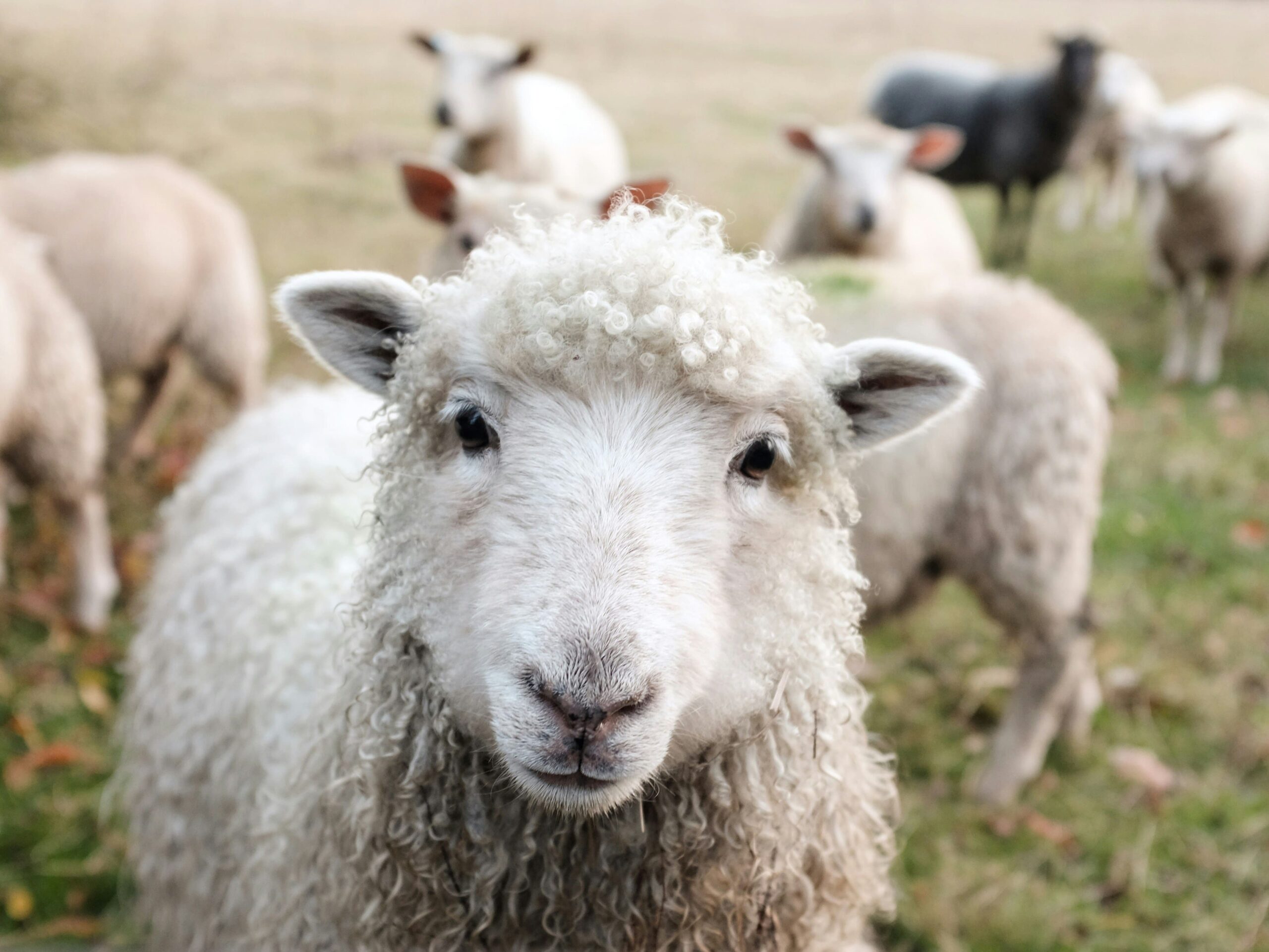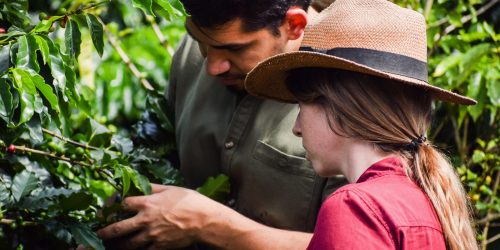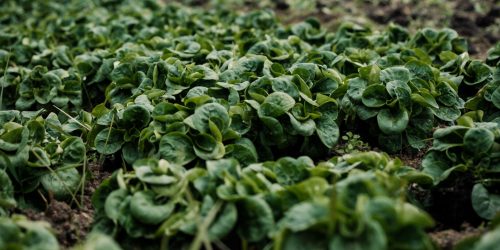The agriculture industry is having a big impact on greenhouse gas emissions. As the global population grows, so does the demand for food, making it essential for farms to find ways to reduce their carbon footprint. With increasing pressure on food production, adopting sustainable practices is more important than ever to minimise environmental impact while meeting rising needs.
In this blog, we’ll look at different ways the agriculture industry can reduce its carbon footprint without sacrificing production.
Invest in Renewable Energy and Energy Efficient Equipment
Investing in renewable energy and energy efficient machinery and equipment can significantly cut your carbon footprint and also reduce costs.
Replace fossil fuels: Renewable energy sources such as solar, wind, biomass, and hydropower can be used to power farming machinery, equipment and irrigation systems. Switching to renewable energy reduces the need for fossil fuels like diesel and natural gas that increase your carbon footprint.
Efficient water management: Solar-powered irrigation systems and water pumps can negate the need to burn fuel to power them. Also being responsible with your water usage reduces the amount of energy needed and saves water.
Use sustainable fertilisers: When purchasing fertilisers, look for ones that have been made sustainably. Fertilisers like green ammonia will have lower carbon footprints than conventionally proceed fertilisers making them a greener purchase.
Use biogas systems: Methane emissions can be lowered by using biogas systems that capture the methane in manure and using it as energy instead of letting it escape into the atmosphere.
Use Data to Make Decisions
By using data to help make decisions around systems and equipment used, nutrient management and other key areas on farms, you can reduce your carbon footprint. By calculating your carbon footprint, you can compare it with alternative options and can help you decide what strategies to implement to lower your carbon footprint without impacting output.
The Cool Farm Tool measures greenhouse gas emissions and how much carbon the soil captures on farms.
Following the new draft Land Sector and Removals Guidance (LSRG) from the GHG Protocol, we have every interest in helping farms meet goals for reducing emissions and reporting progress to meet Science-Based Targets (SBTi). It is important that the Cool Farm Tool (CFT) methodologies, data sources and accounting methods are consistent with the LSRGs. And that the Cool Farm Tools reporting supports the development of corporate inventories that conform to the LSRG. Take a look at this guide for more information.
Improve Soil Health With Crop Rotations
Healthier soil is able to absorb and store more carbon helping reduce carbon emissions. Soil health improves when there’s a variety of plants and microorganisms in it which is why crop rotations are ideal to implement on farms. Crop rotations reduce soil erosion, keeping carbon stored in the soil instead of it being dispersed into the air.
They also reduce the amount of fertiliser and pesticides needed which are a drain on energy to produce and apply them.
They also boost the biodiversity of soil. You can make better use of your soil and its nutrients by changing the types of crops and their root depth.
Incorporate 4Rs Nutrient Management
The 4Rs are all about maximising the efficiency of your nutrient management.
- Right source: Selecting the right type of nutrient for your crops is key. Things to consider include nutrient requirements of your crops, soil conditions, fertiliser delivery constraints, environmental risks, product costs and how accessible they are to purchase. Fertilisers can also be slow-release or controlled release types.
- Right rate: Calculate the right amount of nutrient application and fertiliser to use that matches what your crops will be able to absorb. Crops can have different nutrient demands depending on their stage of development. The goal is to match the crop’s nutrient needs with the nutrients supplied to maintain an adequate supply all season long to maximise your crops’ growth.
- Right time: Plan when it’s the optimal time to apply nutrients to your crops so you can minimise nutrient loss and ensure they’re able to absorb as much as possible. The best time will vary based on crop types, soil structures, climate and seasonality.
- Right place: It’s essential to get nutrients applied to the area they’re needed, which is typically the zone in the soil that is most accessible to the plant. This will supply nutrients more quickly and for a longer period of time.
Reduce Methane Emissions
Storing liquid manure in tanks increases emissions of greenhouse gases. Methane is the main gas emitted from this type of manure storage and it is highly potent when compared to carbon dioxide, having a more detrimental effect on our planet. Methane is released from manure due to the activity of bacteria breaking down organic matter in the manure. Understanding how to reduce methane emissions from manure storage can have a big impact on lowering your carbon footprint.
When the manure is used to fertilise crops, studies have found that greenhouse gas emissions can be reduced by about 85% if manure tanks are completely emptied and cleaned before being refilled. This prevents bacteria from breaking down leftover manure and releasing more methane.
If tanks are left uncleaned and simply refilled, there will already be a high concentration of bacteria inside the tank resulting in higher greenhouse gas emissions compared to a cleaned tank.
Limit Tillage
Tillage increases your carbon footprint as it requires agricultural machinery such as tractors which burn fossil fuels. Disturbing the soil also increases CO2 emissions because it exposes more soil organic carbon to oxygen, which soil microbes then convert to CO2.
Tillage can be helpful at times to lessen soil compaction but it should be minimised.
Schedule Machinery Use
Planning when you need to use equipment and tractors is a simple way to reduce your carbon footprint. Only using them when needed and at optimal times reduces the amount of fossil fuels used.
Maintain Equipment
Ensuring all machinery and equipment is in working order and running efficiently reduces energy being wasted. You should regularly inspect all equipment on your farm. If you find something is not working as it should, getting it repaired as soon as possible will reduce the amount of energy that is wasted. Ensuring air filters are not blocked, checking tire pressures are right, and changing any machinery’s oil when needed, are simple things that can help equipment run more efficiently.
Reduce Bare Fallow
Bare fallow is a farming strategy that leaves land unplanted for a season but it should be avoided as it has harmful effects on the environment. It is a common practice in dry areas but tiling the soil to control the weeds that grow can result in using lots of fossil fuels. It can also affect the soil’s natural organic matter which can lead to soil erosion.
Planting cover crops after harvesting can be an effective solution before the next planting season. Cover crops improve soil health, help control weeds, and reduce erosion.
Monitor Soil Health
Regularly taking samples of soil gives you a good view of your soil’s health. These tests report nutrient levels along with important physical and biological properties. By knowing the exact health of your soil, you can reduce your carbon footprint by using only the nutrients and equipment needed, without burning unnecessary fossil fuels. It’s first worth seeking expert advice when it comes to improving your soil health.
Conclusion
Reducing the carbon footprint in agriculture is crucial for a more sustainable future. We have a rapidly changing climate with an increased need for agriculture to produce more food as the planet’s population continues to increase. Unless the agriculture industry addresses its carbon footprint, the impact on our planet will be catastrophic.
By adopting renewable energy and other strategies, carbon emissions can be reduced leading to more sustainable agriculture.
Members of The Cool Farm Alliance work together sharing knowledge and ideas in order to have a positive environmental impact. Members are committed to lowering their carbon footprint. Get in touch to find out more or check out the Cool Farm Tool to calculate your carbon footprint and see what you can do to lower your greenhouse emissions.









